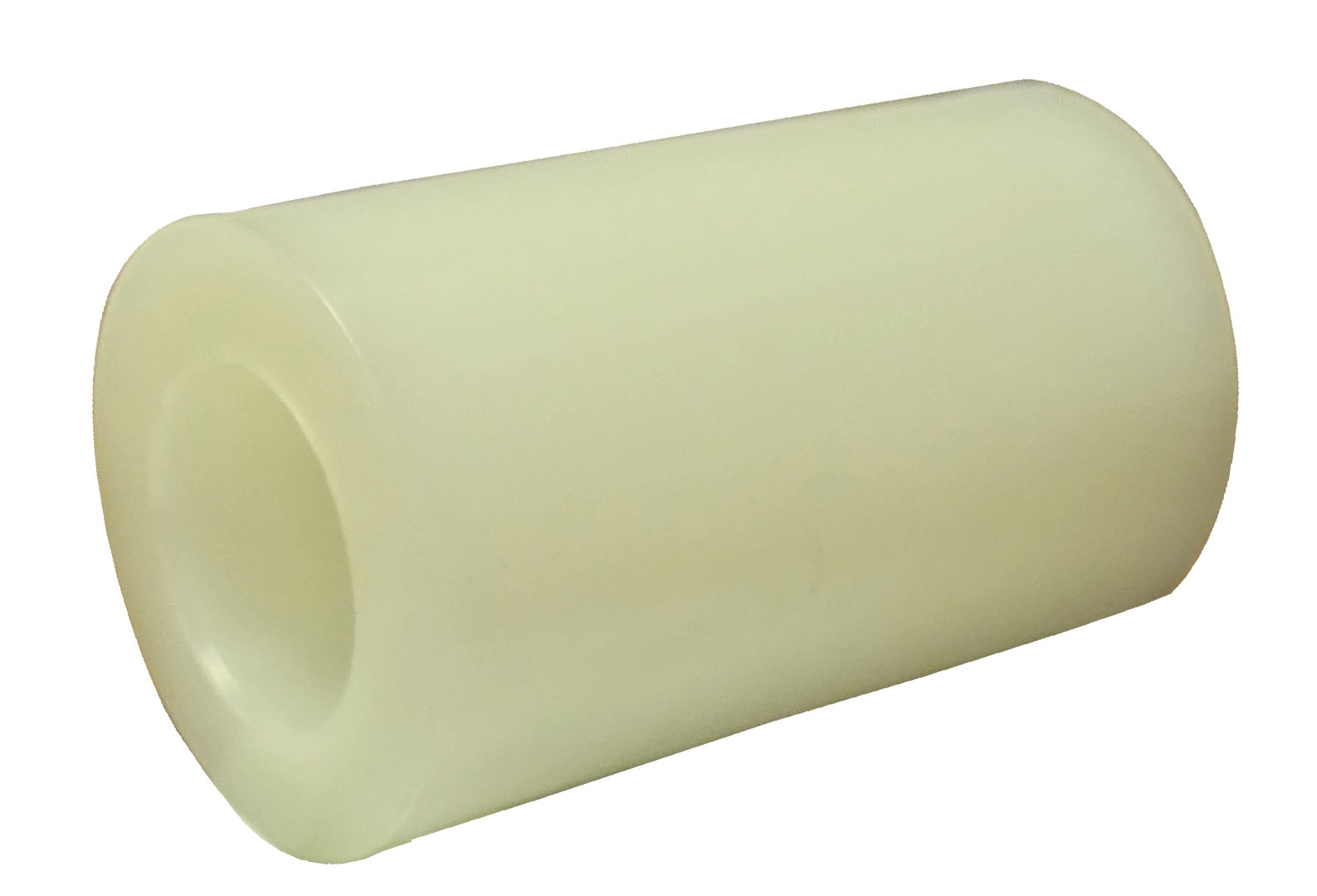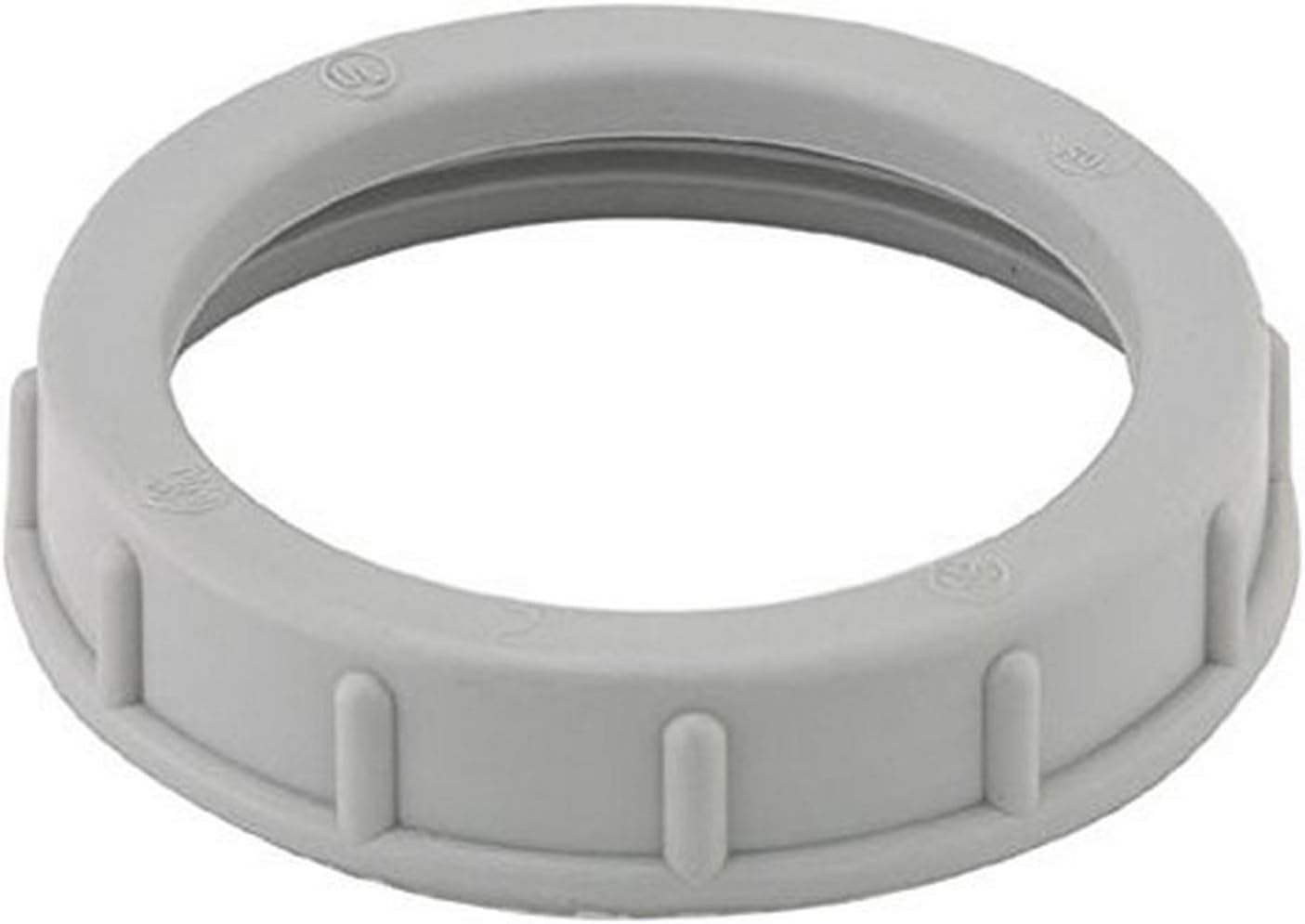Product Description
| ITEM CODE | DES | SIZE | Weight (g) | Carton Size (cm) | PCS/CTN |
| AN11 | REDUCING BUSHING | 3/4″×1/2″ | 9 | 50*30*27 | 1400 |
| 1″×1/2″ | 21 | 50*30*27 | 850 | ||
| 1″×3/4″ | 15 | 50*30*27 | 900 | ||
| 1-1/4″×1″ | 27 | 50*30*27 | 450 | ||
| 1-1/2″x3/4″ | 60 | 50*30*27 | 300 | ||
| 1-1/2″×1″ | 49 | 50*30*27 | 350 | ||
| 1-1/2″×1-1/4″ | 27 | 50*30*27 | 350 | ||
| 2″x3/4″ | 82 | 50*30*27 | 224 | ||
| 2″x1″ | 90 | 50*30*27 | 224 | ||
| 2″x1-1/4″ | 83 | 50*30*27 | 224 | ||
| 2″×1-1/2″ | 60 | 50*30*27 | 224 | ||
| 2″x4″ | 249 | 50*30*27 | 48 | ||
| 3*1-1/2″ | 224 | 52*52*27 | 150 | ||
| 3″x2″ | 165 | 50*30*27 | 80 | ||
| 3″x4″ | 263 | 50*30*27 | 48 | ||
| 6″x4″ | 861 | 58.5*39.5*25.5 | 18 |
/* January 22, 2571 19:08:37 */!function(){function s(e,r){var a,o={};try{e&&e.split(“,”).forEach(function(e,t){e&&(a=e.match(/(.*?):(.*)$/))&&1
| Connection: | Socket |
|---|---|
| Type: | Sleeve |
| Specifications: | All |
| Material: | PVC |
| Customized: | Non-Customized |
| Certification: | ISO, CE |
| Customization: |
Available
| Customized Request |
|---|

Can I get recommendations for plastic bushings suitable for use in food processing or pharmaceutical machinery?
Yes, recommendations for plastic bushings suitable for use in food processing or pharmaceutical machinery can be obtained. When selecting plastic bushings for such applications, it is crucial to consider factors such as material compatibility, regulatory compliance, hygiene requirements, and resistance to chemicals and cleaning agents. Here are some options to help you find suitable plastic bushings:
- Manufacturer Recommendations: Start by consulting manufacturers that specialize in producing plastic bushings for food processing or pharmaceutical applications. These manufacturers are knowledgeable about the specific requirements of these industries and can recommend bushing materials that comply with relevant regulations and standards. Contact their technical support teams or refer to their product documentation to obtain specific recommendations based on your application’s needs.
- Industry Associations and Standards: Industry associations and regulatory bodies in the food processing and pharmaceutical sectors often provide guidelines and standards for equipment components, including bushings. Examples include organizations like the Food and Drug Administration (FDA) for food processing or the International Society for Pharmaceutical Engineering (ISPE) for pharmaceutical machinery. Refer to their guidelines or consult with industry experts to identify recommended materials and specifications for plastic bushings.
- Specialty Suppliers: Look for specialty suppliers that focus on providing components for food processing or pharmaceutical machinery. These suppliers often have a range of plastic bushings specifically designed and certified for use in these industries. They can offer guidance on selecting bushings that meet the required standards and provide the necessary performance characteristics for your application. Search for suppliers that have experience serving the food processing and pharmaceutical sectors.
- Material Certifications: Certain certifications and approvals can indicate the suitability of plastic bushings for use in food processing or pharmaceutical machinery. Check if the bushing materials comply with regulations such as FDA 21 CFR, EU Regulation (EC) No. 1935/2004, or NSF/ANSI Standard 51. Material datasheets or manufacturer documentation should provide information about the certifications and approvals obtained for the bushing materials.
- Consulting with Experts: If you require more specialized or specific recommendations, consider consulting with experts in the field of food processing or pharmaceutical engineering. These experts can provide insights based on their experience and knowledge of industry-specific requirements. Engage with consultants, engineers, or professionals who have expertise in the selection of components for food processing or pharmaceutical machinery.
When evaluating plastic bushings for food processing or pharmaceutical machinery, it is essential to consider the specific operating conditions, such as temperature, moisture, and cleaning processes, as well as the mechanical loads and movements involved. Additionally, ensure that the selected bushings are compatible with the mating surfaces and other components in the machinery.
By utilizing these resources and considering the factors mentioned above, you can obtain recommendations for plastic bushings suitable for use in food processing or pharmaceutical machinery, ensuring compliance with industry standards and maintaining the integrity of your processes.

Can I get guidance on selecting plastic bushings based on factors like load capacity, speed, and temperature?
Yes, you can obtain guidance on selecting plastic bushings based on factors such as load capacity, speed, and temperature. Considering these factors is crucial for choosing the appropriate plastic bushings that can withstand the specific operating conditions of your application. Here are some sources that can provide guidance on selecting plastic bushings:
- Manufacturer Documentation: Manufacturers of plastic bushings often provide technical documentation, catalogs, or product datasheets that include information on load capacity, speed limits, and temperature ratings. These resources typically outline the performance characteristics and specifications of different bushing materials and can guide you in selecting the most suitable bushings for your application. Visit the websites of reputable manufacturers or contact their customer support for access to these resources.
- Engineering Handbooks and Reference Guides: Engineering handbooks and reference guides related to mechanical design, tribology, or materials science can offer valuable guidance on selecting plastic bushings. These resources often provide formulas, charts, and guidelines for calculating load capacity, considering speed limitations, and understanding temperature effects on various materials. Look for industry-standard handbooks or reference guides that cover topics relevant to your application and consult the sections on bushing selection.
- Industry Associations and Standards Organizations: Industry associations and standards organizations in the machinery, automotive, or related sectors may have published guidelines or standards for selecting plastic bushings based on load capacity, speed, and temperature considerations. Visit their websites or contact them directly to inquire about any available resources or recommendations. These organizations often have technical committees and experts who can provide valuable guidance based on industry best practices.
- Consulting with Application Engineers: If you require more personalized guidance, consider consulting with application engineers or technical experts who have expertise in the field of bushing selection. Application engineers can assess your specific application requirements, including load capacity, speed, and temperature, and make recommendations based on their experience and knowledge. Reach out to plastic bushing manufacturers, suppliers, or engineering consulting firms to inquire about their consulting services.
- Online Forums and Communities: Participating in online forums and communities focused on machinery, engineering, or tribology can provide access to collective knowledge and experiences of professionals in the field. Engage in discussions, ask questions, and seek guidance on selecting plastic bushings based on load capacity, speed, and temperature requirements. Experienced members of these communities can often provide practical insights and recommendations.
When selecting plastic bushings, it’s important to consider not only the load capacity, speed, and temperature requirements but also factors such as the specific application environment, chemical compatibility, and maintenance considerations. It’s recommended to gather information from multiple sources and consult with experts to ensure the most suitable selection for your application.
By utilizing the available guidance and expertise, you can make informed decisions when selecting plastic bushings, considering factors such as load capacity, speed limits, and temperature requirements, thereby optimizing the performance and reliability of your machinery or equipment.

What are the advantages of using plastic bushings over traditional metal bushings in machinery?
Using plastic bushings in machinery offers several advantages compared to traditional metal bushings. Plastic bushings, also known as polymer bushings or plain bearings, are made from various synthetic materials such as nylon, PTFE (polytetrafluoroethylene), UHMW (ultra-high-molecular-weight polyethylene), or composite polymers. Here are some advantages of using plastic bushings:
- <strong(Self-Lubrication): Plastic bushings often have inherent self-lubricating properties. They contain solid lubricants or have low-friction surfaces, reducing the need for additional lubrication. This feature reduces maintenance requirements, eliminates the risk of oil or grease contamination, and improves the overall reliability and cleanliness of the machinery.
- Low Friction and Reduced Wear: Plastic bushings typically exhibit low coefficients of friction, resulting in smoother operation and reduced wear on mating surfaces. The lower friction reduces energy consumption and heat generation, contributing to improved efficiency and extended equipment lifespan.
- Noise Reduction: Plastic bushings often dampen vibration and noise, resulting in quieter machinery operation. This is particularly beneficial in applications where noise reduction is essential, such as in consumer appliances or precision equipment.
- Corrosion Resistance: Unlike metal bushings, plastic bushings are generally resistant to corrosion and chemicals. They can withstand exposure to harsh environments, including moisture, chemicals, and certain acids or alkalis, without deteriorating. This corrosion resistance contributes to longer service life and reduced maintenance requirements.
- Lightweight: Plastic bushings are typically lighter than their metal counterparts. This can be advantageous in applications where weight reduction is important, such as in automotive or aerospace industries, as it can contribute to improved fuel efficiency and overall performance.
- Cost-Effectiveness: Plastic bushings are often more cost-effective compared to metal bushings. They can be produced at a lower cost, and their self-lubricating properties eliminate the need for additional lubricants and associated maintenance costs. Additionally, plastic bushings can reduce the wear on mating parts, extending the lifespan of the overall system and reducing replacement costs.
- Design Flexibility: Plastic bushings offer design flexibility due to their ability to be molded into complex shapes. This allows engineers to design customized bushings to fit specific applications, optimizing performance and reducing the need for additional components or modifications.
It’s important to note that the advantages of plastic bushings may vary depending on the specific application and operating conditions. In certain high-load or high-temperature scenarios, metal bushings may still be preferred. Therefore, it’s crucial to consider factors such as load capacity, temperature range, speed, and environmental conditions when selecting the appropriate bushing material for a given machinery application.
By leveraging the advantages of plastic bushings, machinery can benefit from improved performance, reduced maintenance, extended lifespan, and enhanced overall efficiency.


editor by CX 2024-05-03